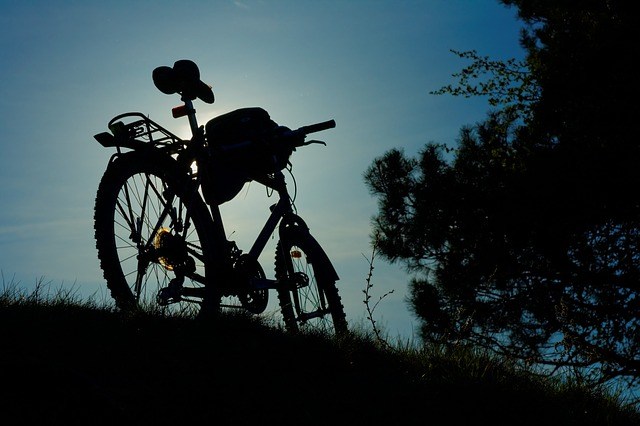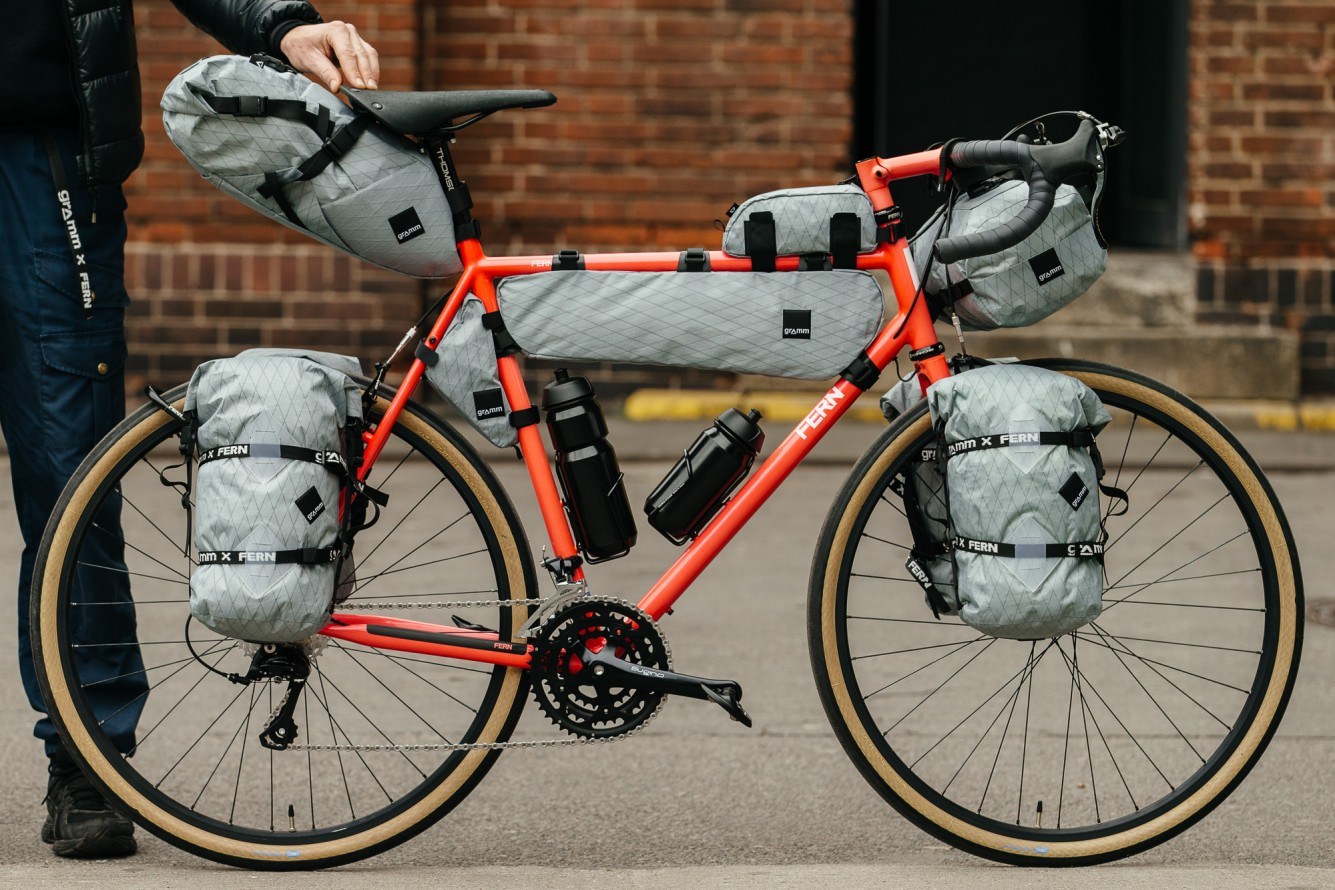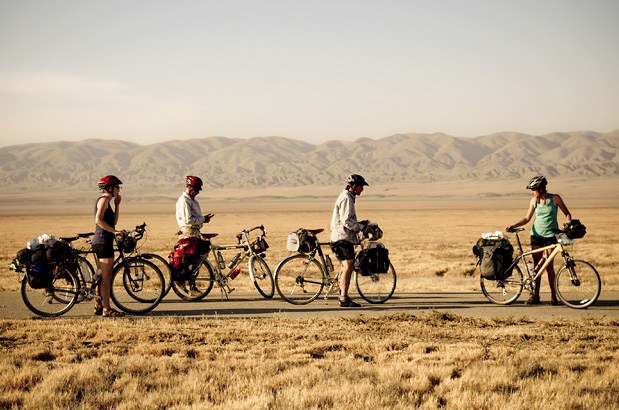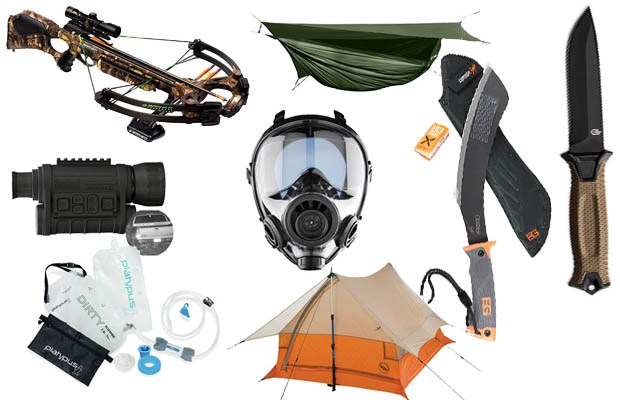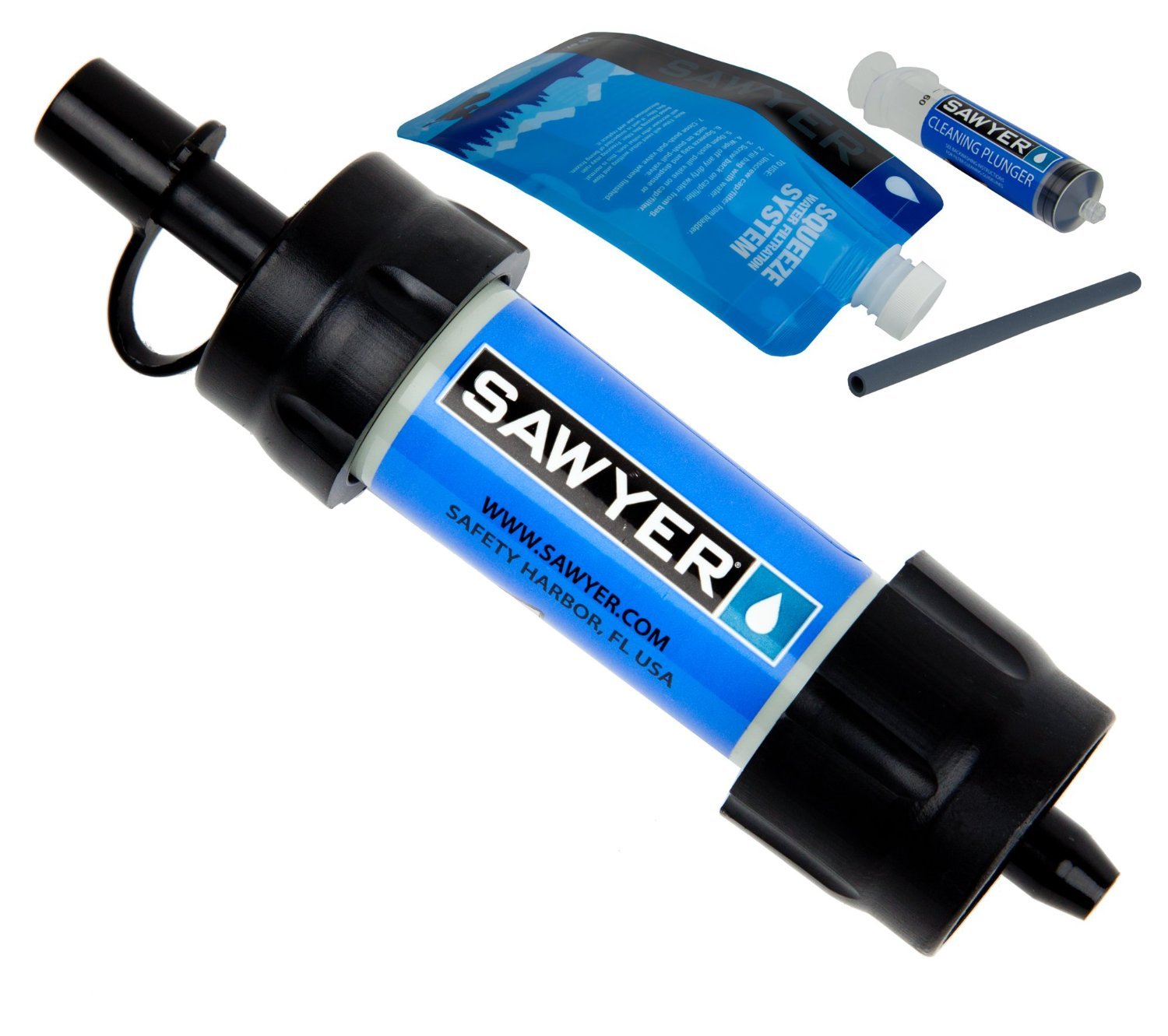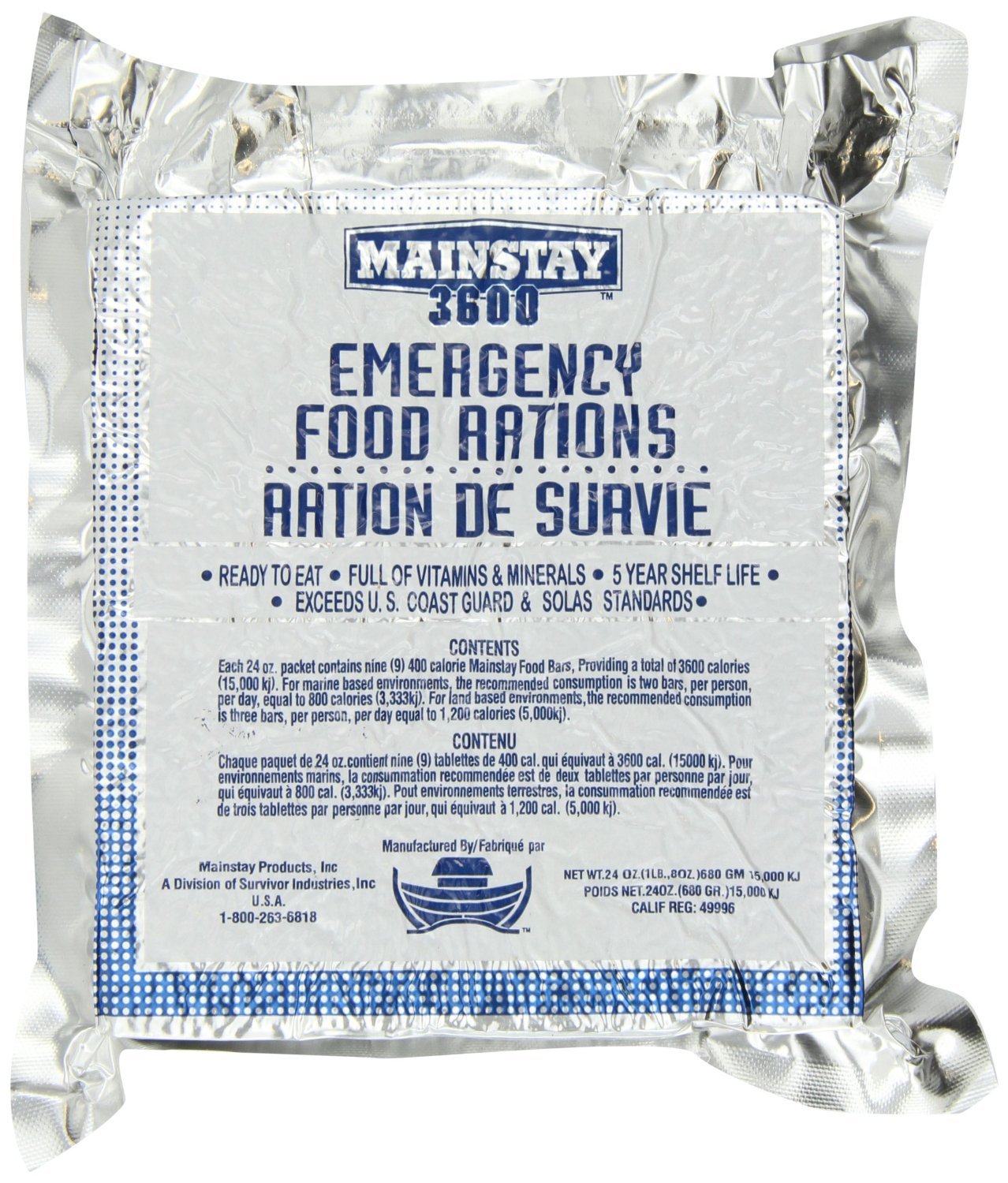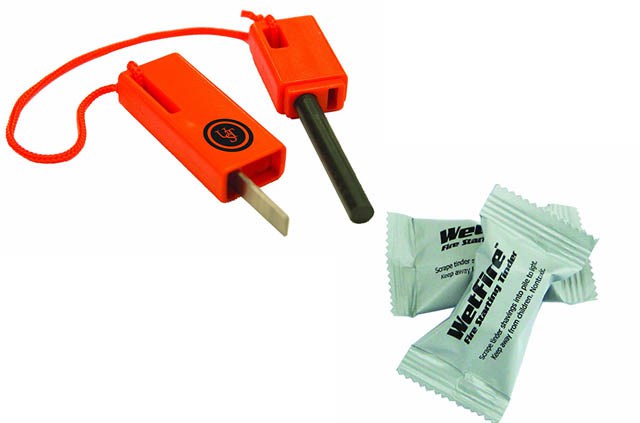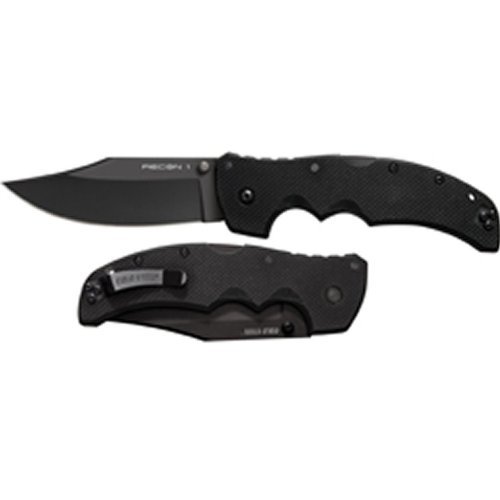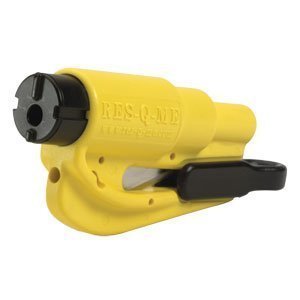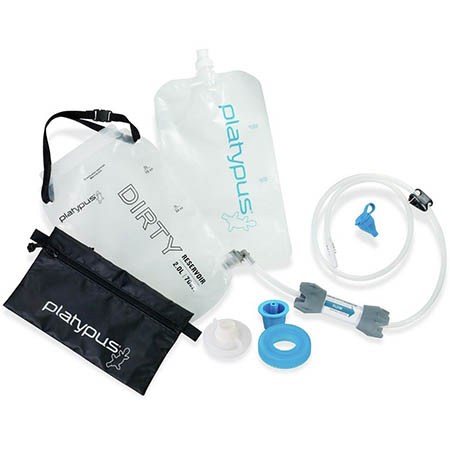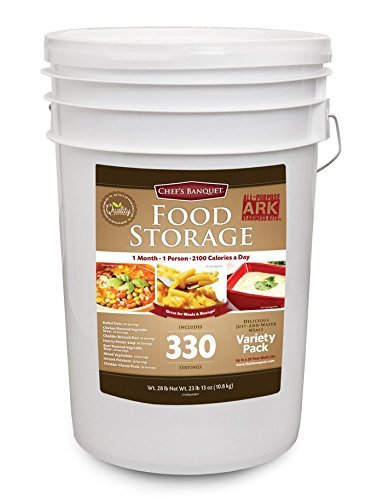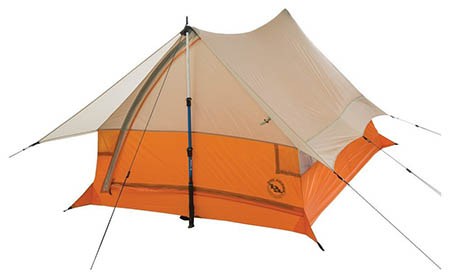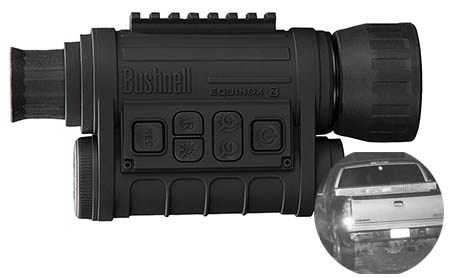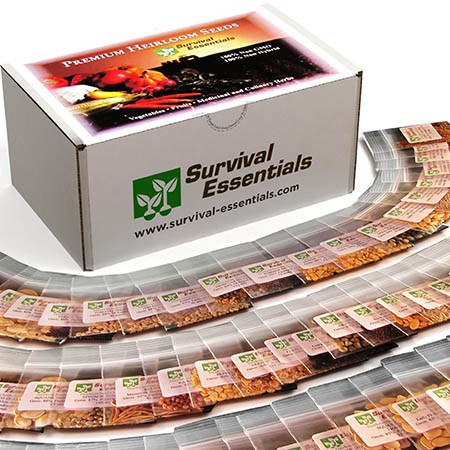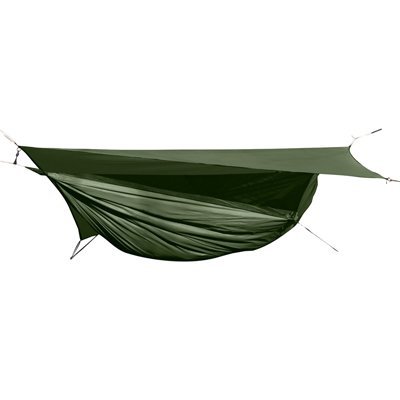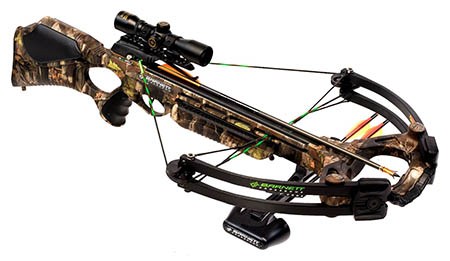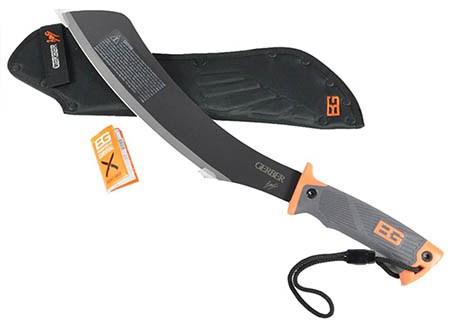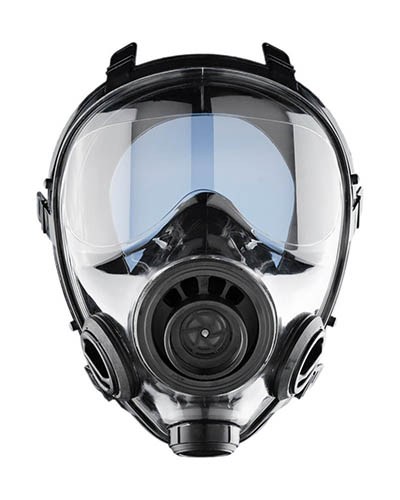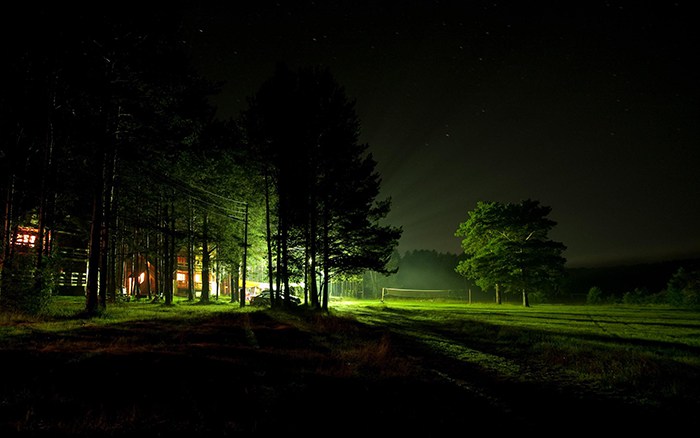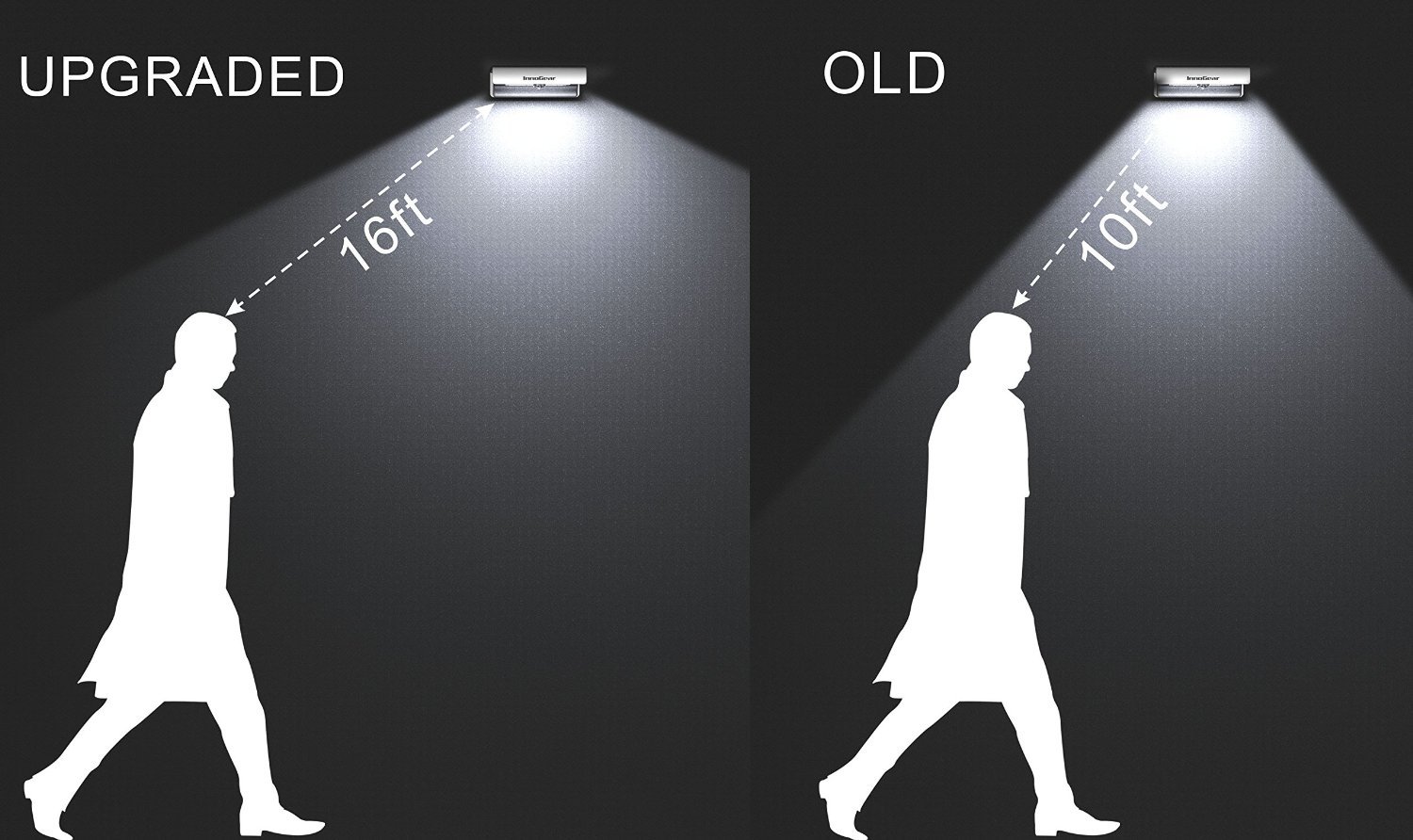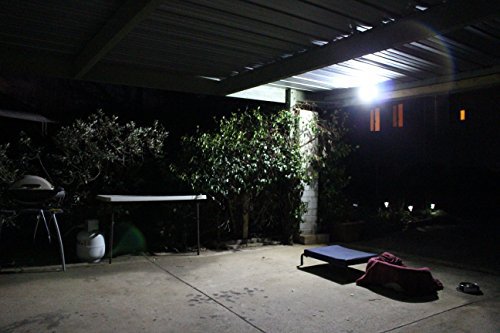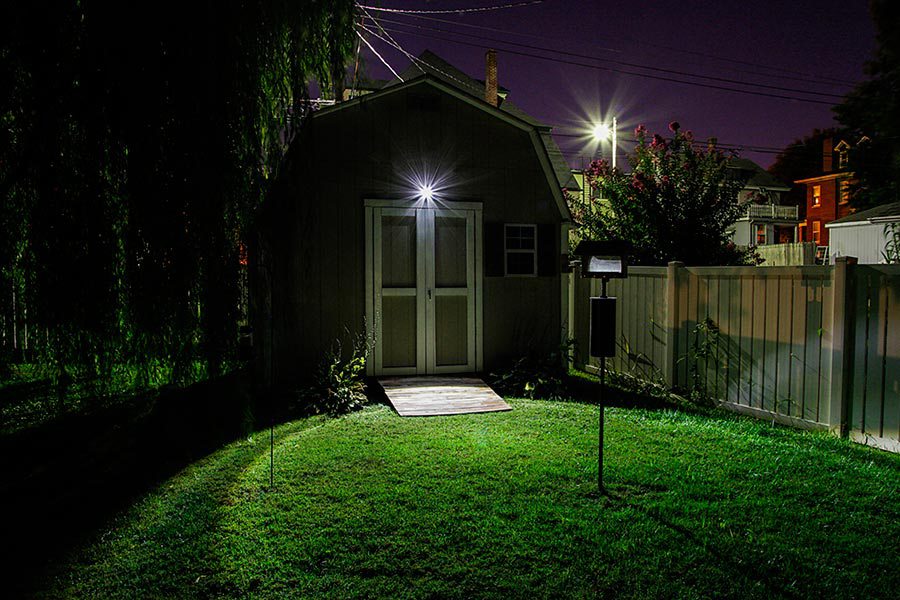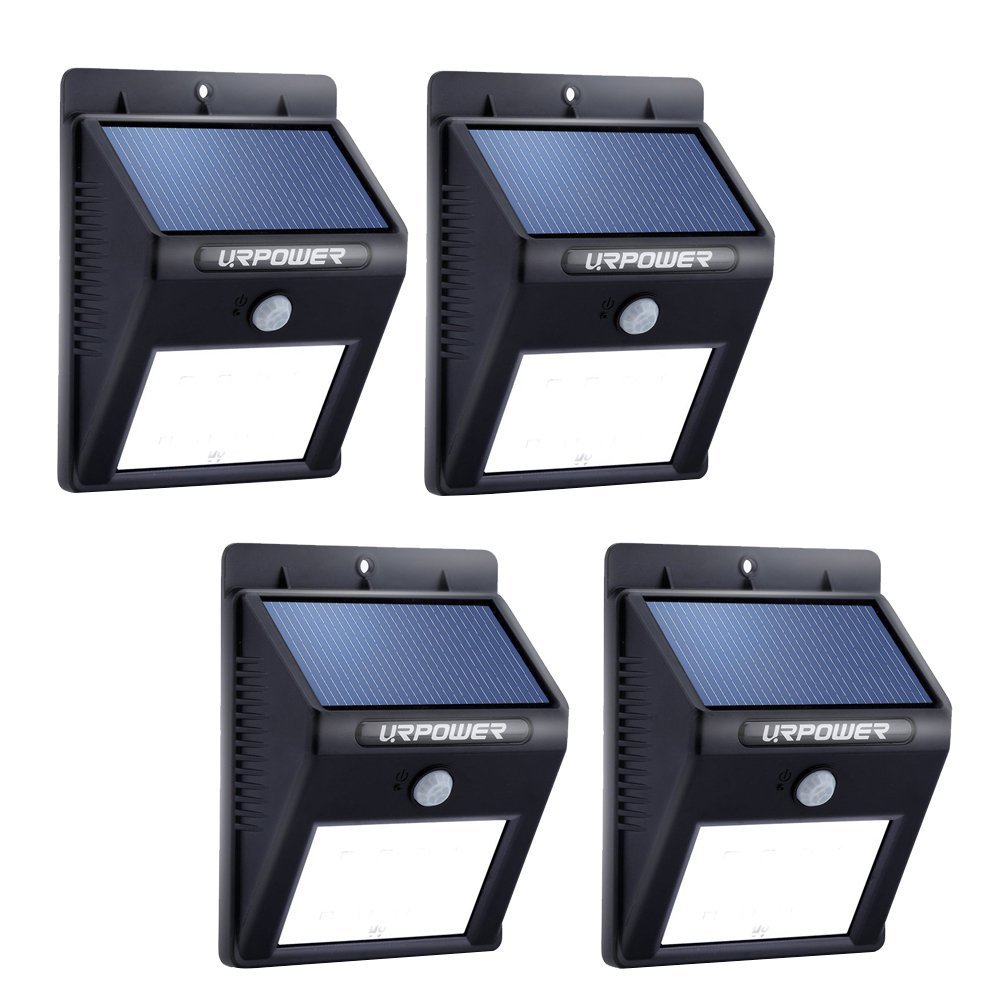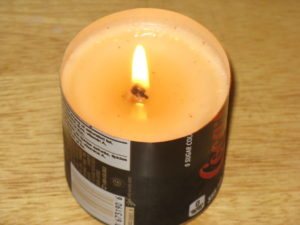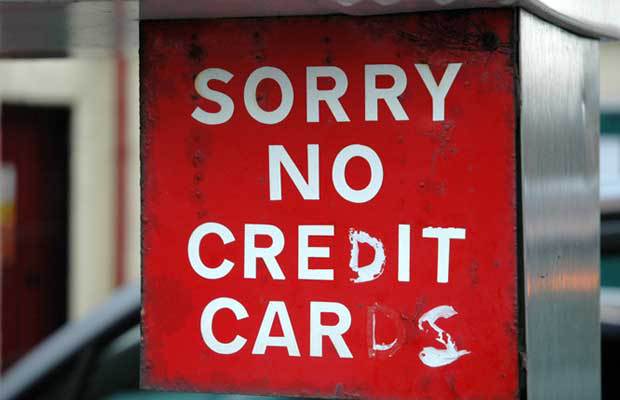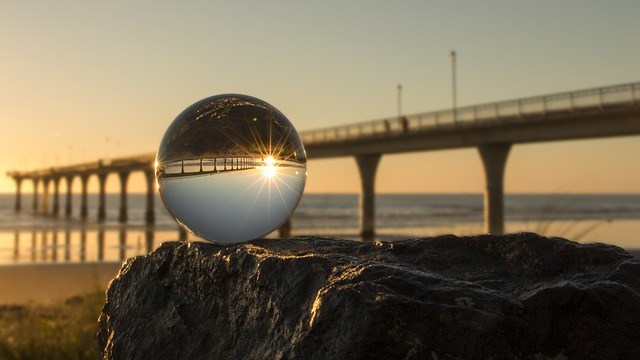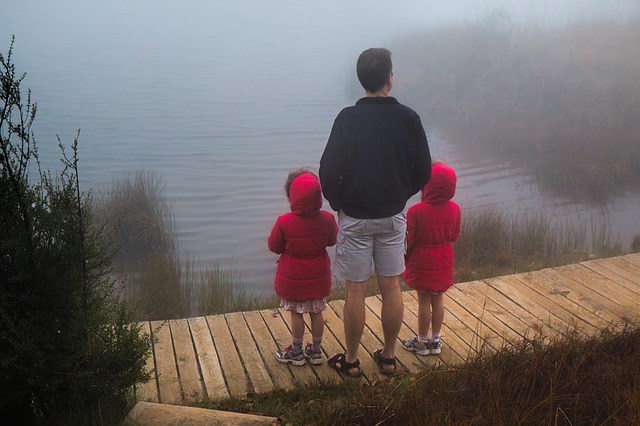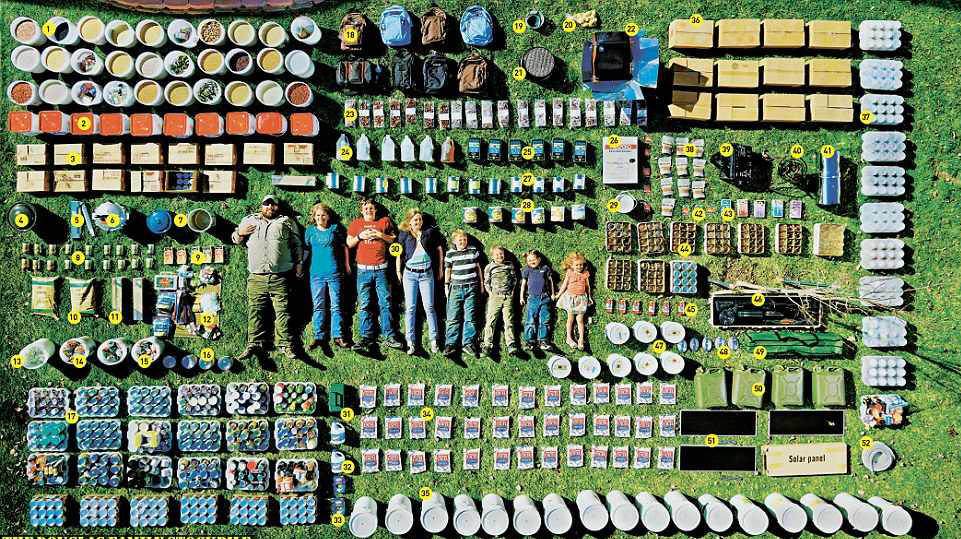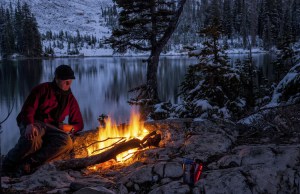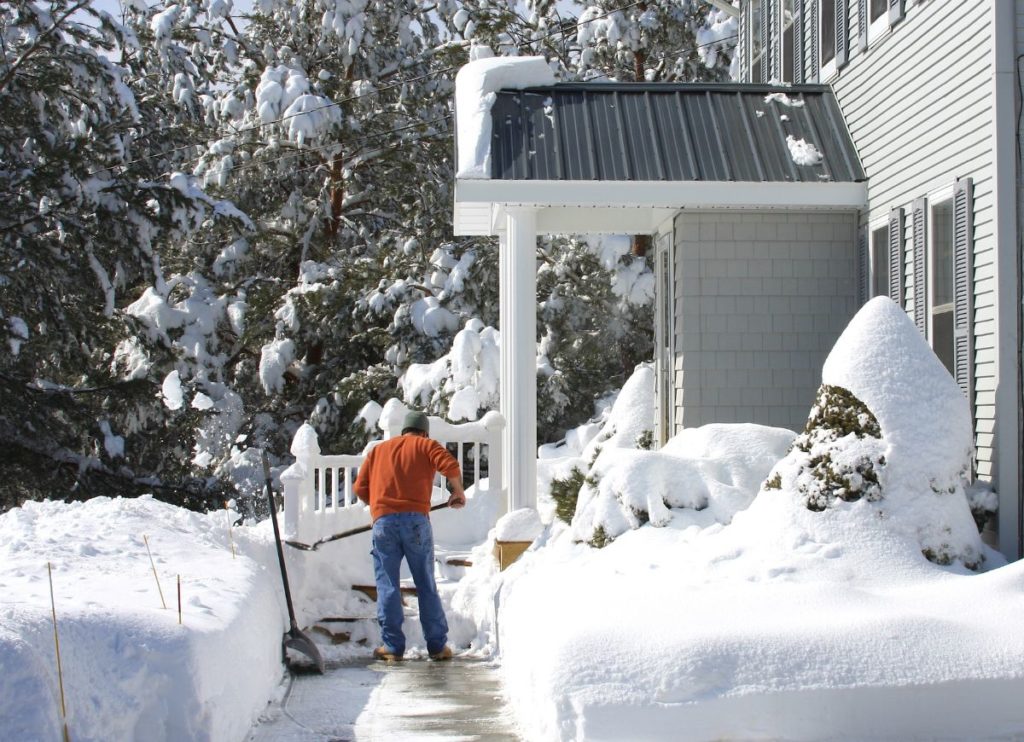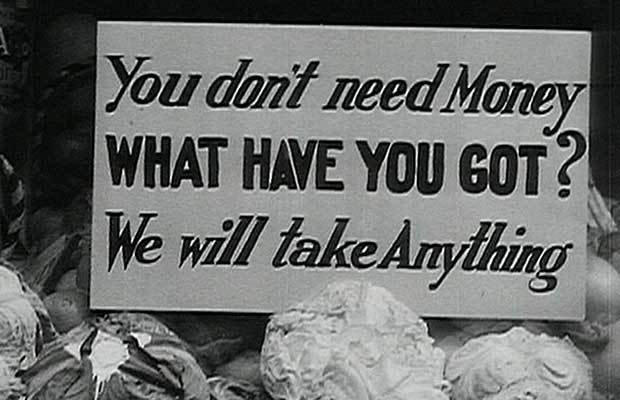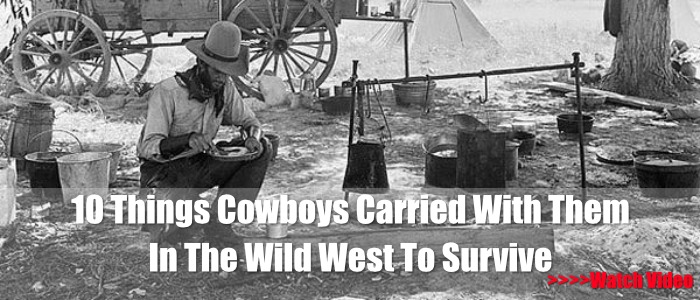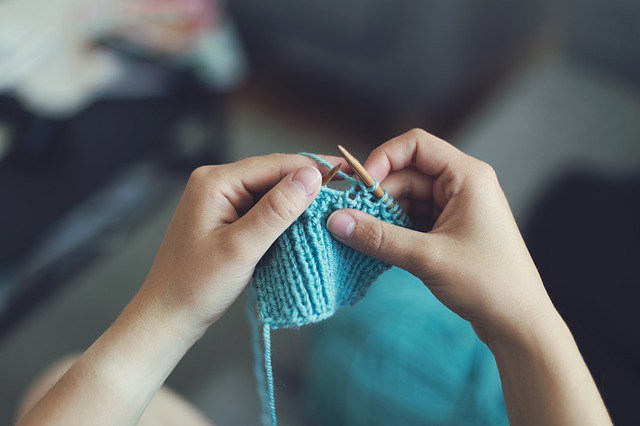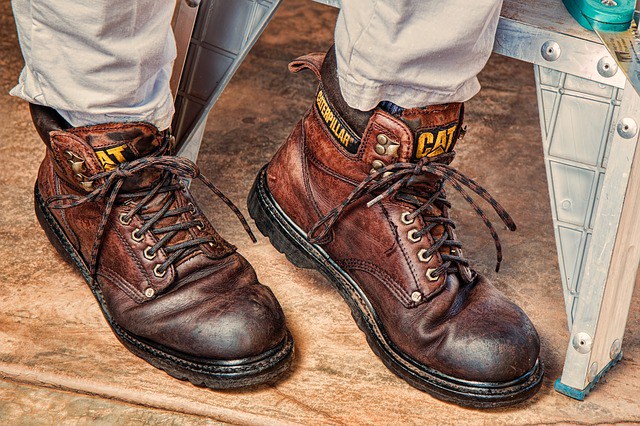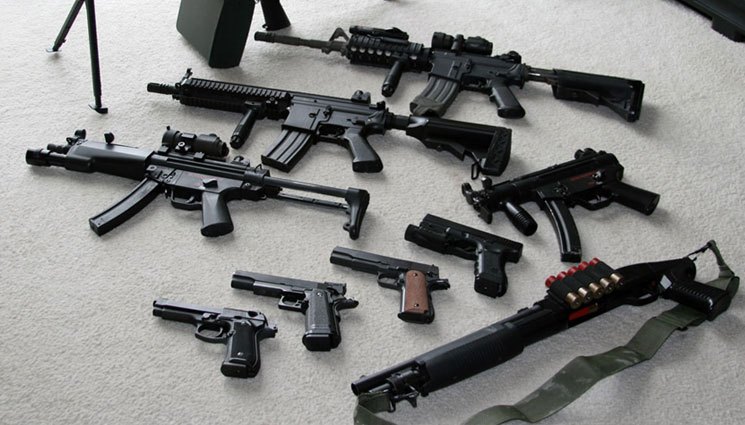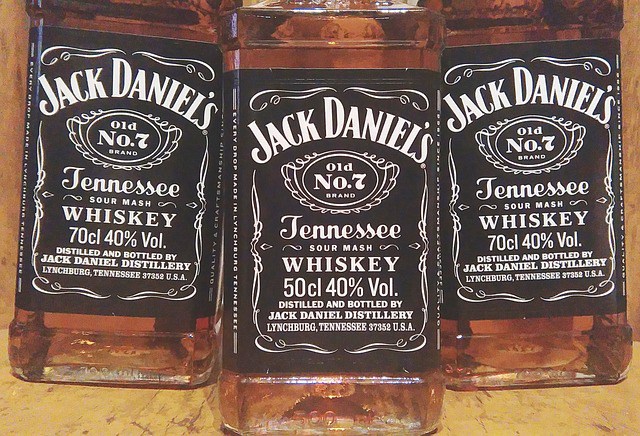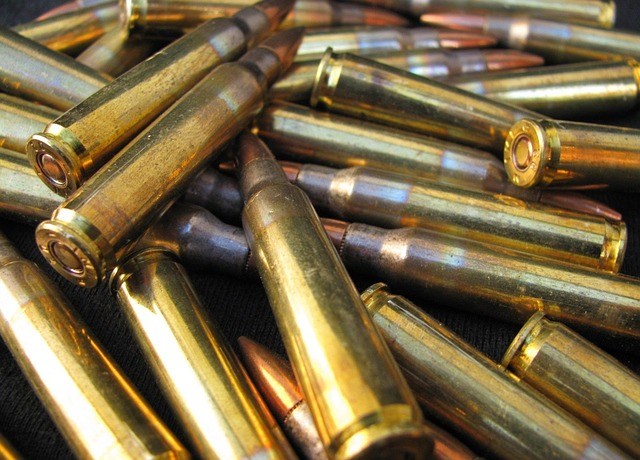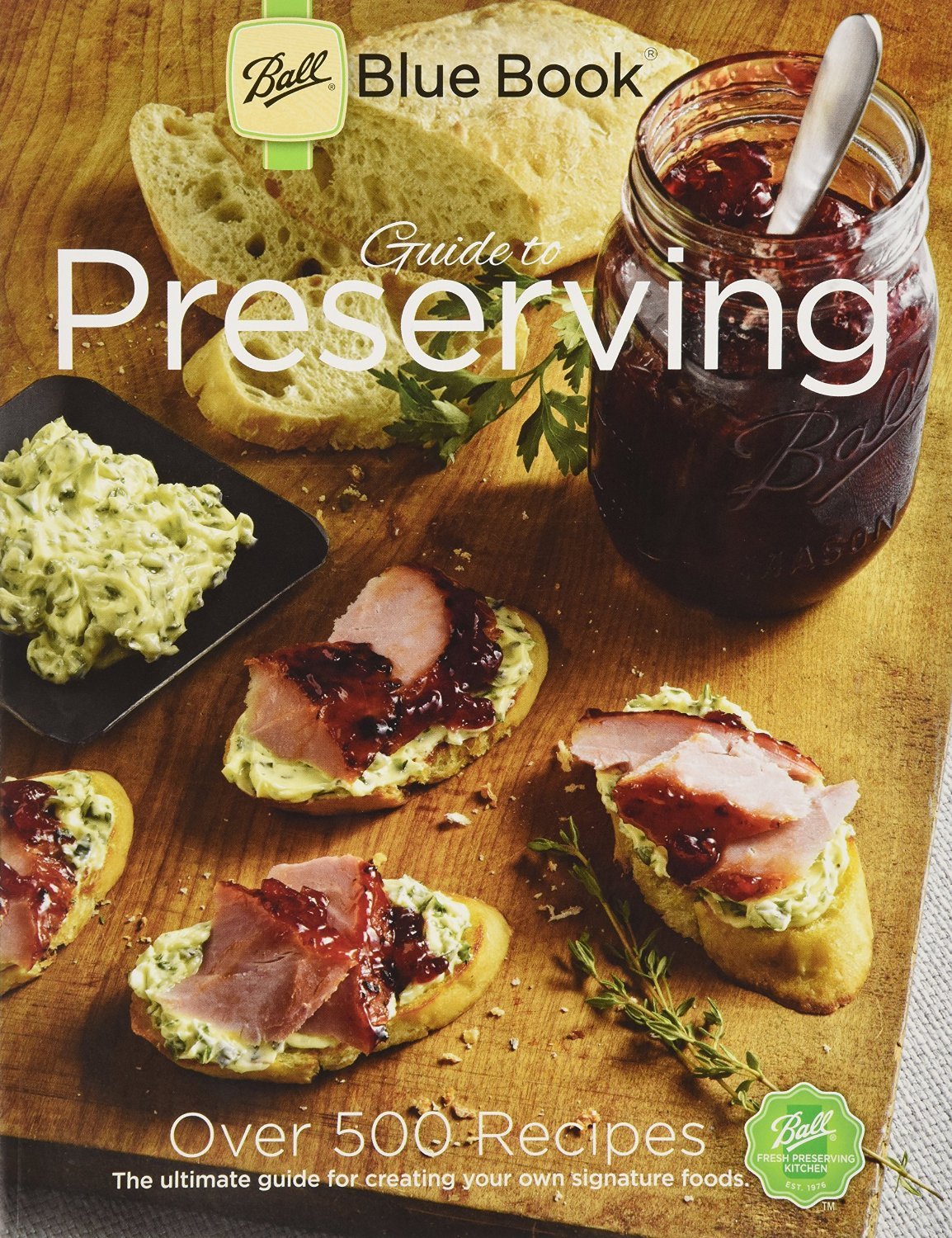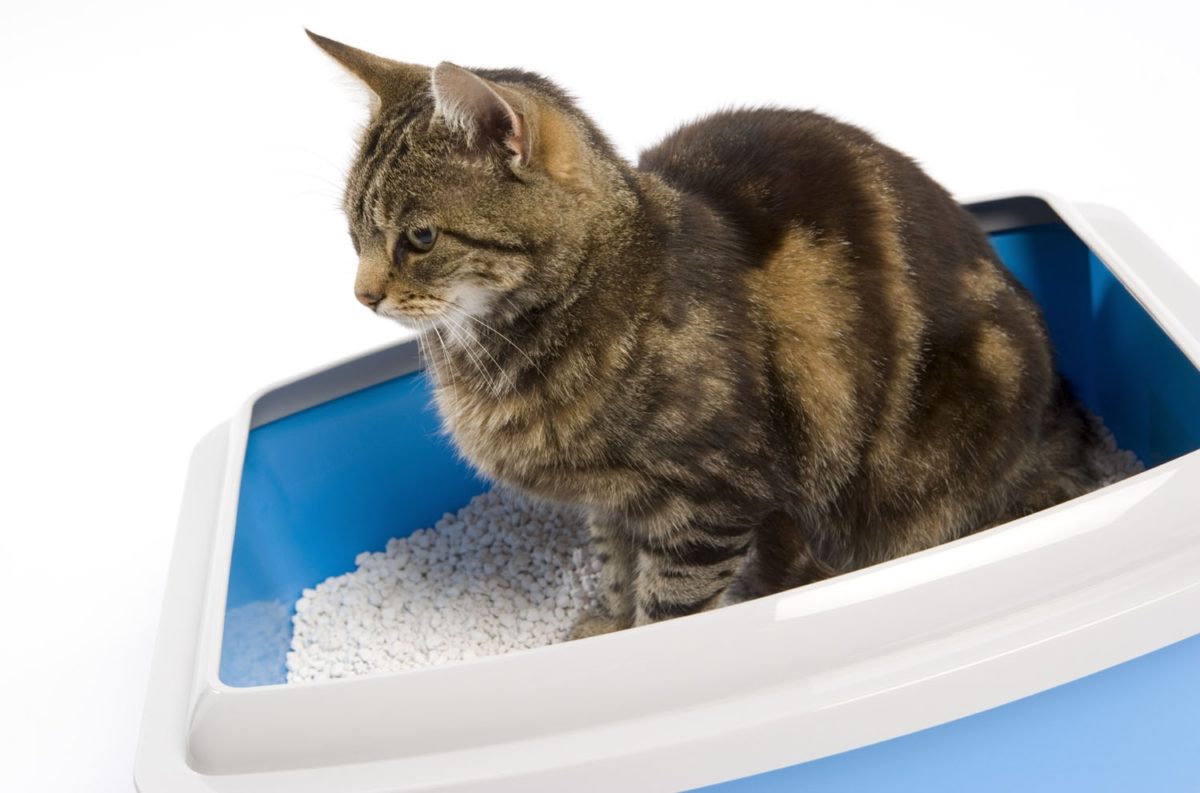Bug Out Bike: Good Idea or Death Trap?
As preppers, we are always looking for solutions to problems. The solutions we find can come in many forms; from a different mindset or viewpoint, to skills training and in many cases, simply acquiring gear and supplies needed for survival. In some respects, prepping could be reduced down to the most basic aspect of problem solving to stay alive. One of the main problems preppers seem to be drawn to solve is the very realistic potential of having to drop everything and bug out of your home in a moment’s notice. There is a wide array of considerations on this topic, but today I want to focus on one potential answer to the bugging out problem, the bug out bike.
The bug out bike is not something we have dealt with much on Final Prepper before, but I did mention it as a possibility to consider in an older post on the topic of the Ultimate Get Out of Dodge Vehicle. I recently got interested in this subject again when I purchased a mountain bike for myself. I will admit that part of my decision to do so was from the standpoint that this could be a viable method of transportation if cars/fuel were no longer available due to shortage or EMP effects. It also helped that my wife was on-board with this idea too.
In looking further at my mountain bike, I started to consider the potential for using this as a tool to help us bug out. Since my family all had bikes now, could we use these relatively simple machines to our benefit? There are some advantages certainly, but I wanted to explore whether this bike would be a good idea or could end up being a large mistake. As with most things in prepping, there aren’t many absolutes. You take the situation you are given and deal with it, but there is nothing to say that the situation you planned for will work out the exact way you want it to. Prepping is equal measures preparation and creativity. You prepare for one thing to happen, but you need to be flexible if all that goes sideways on you.
What is a bug out bike?
For the purposes of this article, I am not talking about a motorcycle. A bug out bike in this context is similar to what most of us are intimately familiar with already. As a child growing up, owning a bike was pretty much a given. Your bike is what conveyed you all around the neighborhood to see friends and test the bounds of your relatively small borders. All of my friends had bikes and we rode them daily in virtually any weather until we grew old enough to get our drivers license.
The bikes of my youth were great for zipping down the road or jumping homemade ramps out of scrap pieces of wood but a bug out bike is a little more serious in design. A bug out bike is meant to give you a way out of a danger zone when traditional methods of transportation are no longer available. Ideally, a true bug out bike would be designed to carry the additional weight of supplies or your survival gear and be rugged enough to make a journey over less than ideal terrain.
There are two main types of bikes I see repeatedly that are proposed as the best bug out solution. Touring bikes are routinely used by millions each day to get back and forth to work. They can be outfitted with panniers to carry additional supplies like your lunch, laptop and change of clothes. They are geared to help you climb hills more easily and offer plenty of features for the modern commuter who doesn’t or can’t rely on a car or other mass transportation.
Mountain bikes are the other side of the coin and they too can be outfitted with additional storage capacity just like touring bikes, but they are meant to be treated a little more severely and might give up some of the comforts a touring bike could give you.
Either one of these two options could be a great benefit to your personal well-being even if nothing ever happens. Owning a bike is an excellent way to get exercise and interact with your surroundings in a different way. Just like everything else in life, the amount of money you can invest in this potential survival tool can vary greatly what you end up with. You can find used bikes on Craigslist or you can spend well over $5000 on the lightest bikes with the best equipment. Cost aside, I do believe that any bike would be good to have for both the health benefits and potential bug out options. You don’t necessarily have to have anything fancy as long as the wheels roll and you are in the proper shape to use it. But when we are considering solving the problem of bugging out, we need to look more closely and see if that bug out bike is the best option for your situation.
Does a bug out bike have any uses after SHTF?
When we go back to planning to bug out with the idea that we can ride to safety, let’s look at a few assumptions. First off, bugging out implies that you are leaving home or wherever you are currently located and traveling to someplace else. This could be to a remote bug out retreat, a friend’s house or out of the immediate vicinity of danger. Any bug out situation would ideally see you with the ready capacity to grab your bug out bag and go but travel by bike has just as many risks as bugging out by car of by foot.
Traveling by bike has numerous advantages:
No need to stop at the pump – You don’t require any fuel other than your own pedal power, but knowing this you have to also consider how much more physically intensive your day may be so food is an important factor. If you plan to cover 50 miles a day on a bike, you will burn though calories (unless you are going downhill) like crazy.
Flat tires should be less of a problem – Yes, bikes do carry a risk of flat tires just like cars, but it is far simpler to carry both spare tubes and patch kits for that eventuality. With a hand pump and a spare tube, you can be back on the road in minutes. Cars carry spares of course, but you would be hard pressed to carry multiple spares without losing valuable space. I can fit two spare tubes in a small pack under my seat.
Bikes can go where cars can’t go – Bikes do have a greater ability to squeeze into small spaces making any traffic jam easily navigated. Additionally, you can cut across wilderness using trails if you have that route mapped out.
Bug Out Bikes allow you to carry more gear – Or at least easily distribute the weight off your back. The properly outfitted bike can carry 40 -50 pounds of gear in bags and pouches. This weight isn’t free as you will still need to be responsible for pedaling it uphill but it’s hard to beat. Bug Out Bags themselves can cause injury to joints if you aren’t used to carrying that weight. When all your gear is loaded properly on a bike, even if you are talking about the same weight in gear, it will be easier to manage.
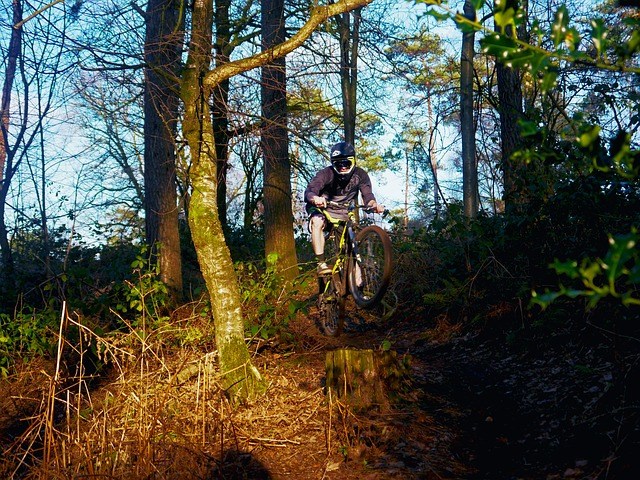
Bikes are quieter and easier to hide – You can easily sneak through areas in stealth mode on a bike assuming that you need to do that. Even the quietest car is far noisier and if you need to hide your bike, that is far easier done than with a car. You can lay it down in a small depression and cover it with branches or debris gathered from nearby.
But the bug out bike is not without its drawbacks
Some of the same reasons I used above for advantages can also be the bug out bike’s most obvious weaknesses in a bug out scenario.
Your bike offers zero shelter – I don’t mean that you can’t pack a tent on the back but you are essentially exposed to all of the elements on a bike. Weather is one thing, but there is some comfort that the mass of a vehicle can provide. You can be easily knocked off your bike by someone who is panicked and sees your ride with all those supplies as a way out. The traffic jam you are breezing through could easily be the place where someone jumps out from behind a truck and smashes you in the face with a bat. You are out for hours while someone makes off with your way out of dodge.
You can’t outrun everyone – Bikes can go very fast downhill but loaded down with 50 pounds of gear, going uphill is a recipe for again getting trapped by unscrupulous people. You won’t be crashing through any barricades with a bike either.
Two wheels aren’t as stable as 4 – slippery surfaces or the potential of trying to bug out in winter could send you flying into a ditch. Bikes are best in optimal conditions and balance must to taken into consideration.
Only one person can drive a bike – You are responsible for pedaling yourself and it isn’t like you can get tired and give someone else the wheel while you catch some sleep. I know this is the same problem a lone traveler by car would have but it is a factor. People riding bikes in the worst types of collapse could consider using night vision and only riding at night for somewhat safer travel.
Should you give up on your bug out bike dreams?
I think bikes offer so many possibilities that they should be considered as options. While I don’t necessarily plan to bug out on bikes, they are in my arsenal as a last resort. We can ride them to our hearts content now and get in better physical shape should we need to rely on them later and I am planning for a 21 mile ride myself this afternoon to further that goal.
Bikes don’t necessarily have to only be bug out options. Bikes could have extreme usefulness in a disaster even if you are staying put. Let’s say gas does run out or somehow the electric grid does collapse, you can still use your bike to get around. You could look at those as potential barter items for people who severely need an option to travel. They can make manning guard locations in an all-out collapse easier than walking. They make a lot of sense for many reasons.
Back to prepping as a way of solving problems. I view bikes as another way you can solve a few problems you might be faced with. They aren’t perfect, but I don’t think many other bug out plans are bulletproof. You try something and if that doesn’t work you have a back-up. Maybe your bikes are strapped to your bug out vehicle and you pull them out if you are unable to go any further with that truck. Options.
Are bikes a good survival option for you? They may be, or they could just be a great way to have fun, get outside and get in shape. Either way, it’s a win for preppers.
As preppers, we are always looking for solutions to problems. The solutions we find can come in many forms; from a different mindset or viewpoint, to skills training and in

